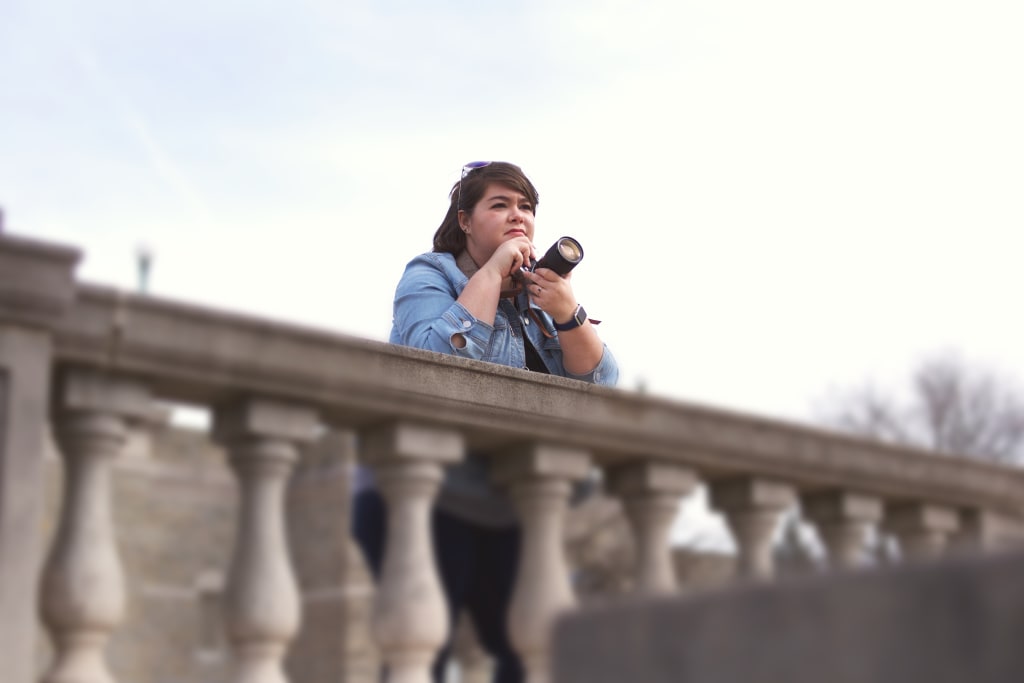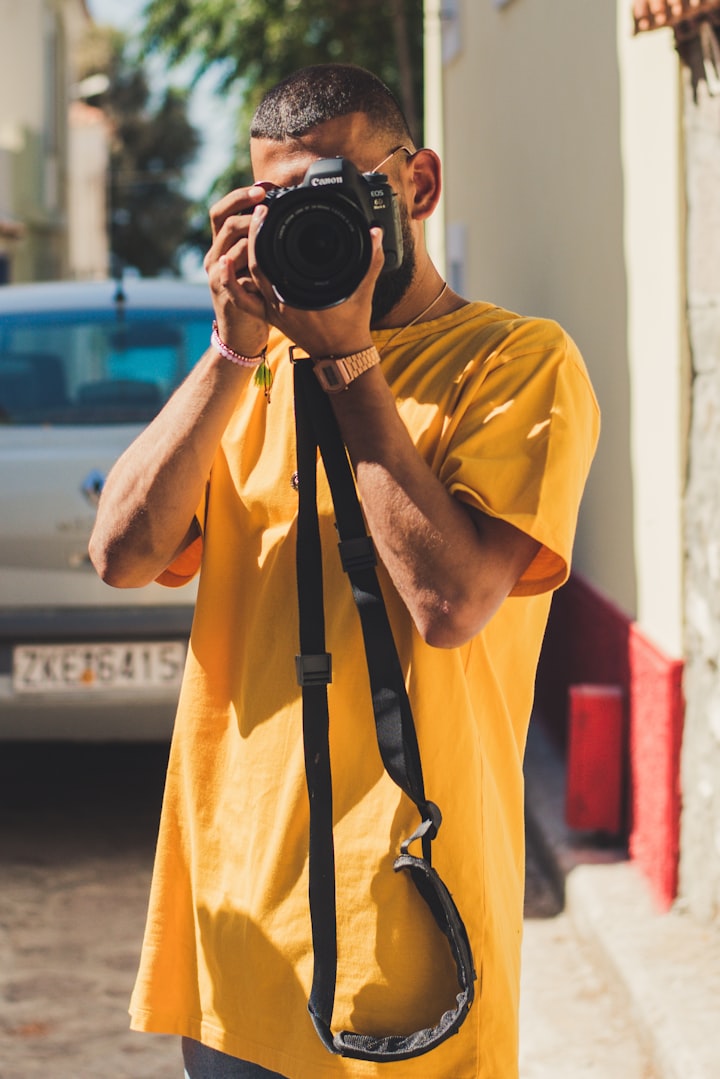Mistakes Beginner Filmmakers Make...
Tip #1 Camera Angles

I've been making "movies" since I was about eight or nine. I had a cheap, palm sized camcorder that had horrible speakers, recorded horrible audio, and always over/under exposed everything! EVERYTHING! My friends and I on New Years Eve would create skits, act them out, and I would be there with my camera to capture it all. Over the years, after attending high school and college I would look back at my work from many years ago and see many mistakes made that I just can't do any more because I've learned how to correct them and new ways to help prevent them from happening by accident. I would point out all the errors and then tell myself what I would do to make that look better.
Now, I am not going to list this in any prioritized order. None of these are higher on the list of commonality, in my opinion, but these are all around mistakes I've seen in my own work and other's work as they're starting their journey in film making.
Camera Angles
For interviews: When shooting an interview video you want the interviewee to be facing the camera, but not so much that they're looking dead center into the lens. You'll want you're set up to be something like this: 1) Set up your camera. 2) Place the person who will be asking the questions next to the camera. 3) Place your subject on the in front of the camera on the opposite side the interviewer is sitting. Angle them toward the interviewer so their eye contact stay directly at the person who will be asking question and they should not be making direct eye contact with the camera. This way it appears that the subject is naturally telling a story instead of feeling like the audience is being lectured to. Also, it doesn’t look like the person talking is talking directly out of frame (which they are, but it’s not going to appear that way after editing because the interviewer won’t be heard depending on the kind of interview you’re going for).
You want the camera to be eye level with your subject, whether they're sitting down, standing up, or moving; always keep at eye level. Angles slightly to high or too low can result it awkward facial expressions, double chins, or the feeling that the subject is looking down at the audience or the audience is floating above the interviewee.
High and low camera angles should be an obvious choice. Don't just dip your toe in the water, it's an all in or nothing kind of choice because if it's only slight high or slightly low then it will look like a mistake since the audience will have the sense of being looked down upon or looking down on the subject who's talking. Highs and lows are used to create feeling, tension, and perspective. For interviews you may not want that to come across to your audience.

Equipment to help you achieve great camera angles:
Tripod - gives firm foundation so camera doesn’t move unless you want it to and helps keep the camera at eye level.
Gimbal/stablizer - these products can be used when the subject is moving and the camera is moving along with them. It is all up to the person controlling the gimbal or stablizer to keep the camera steady and eye level with the subject while moving. Gimbals and stabilizers are tricky and take a while to learn and get used to.
About the Creator
Sara Aulds
I am a photographer and videographer from Cincinnati, Ohio. I write as a hobby and capture reality as a profession.






Comments
There are no comments for this story
Be the first to respond and start the conversation.